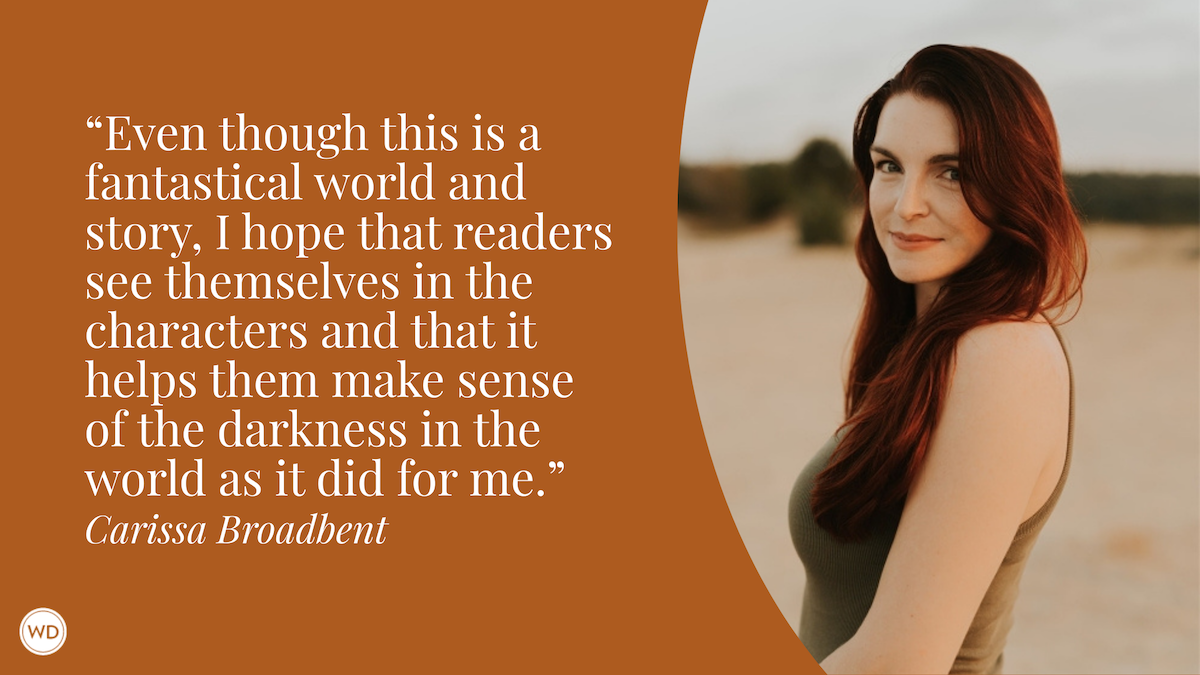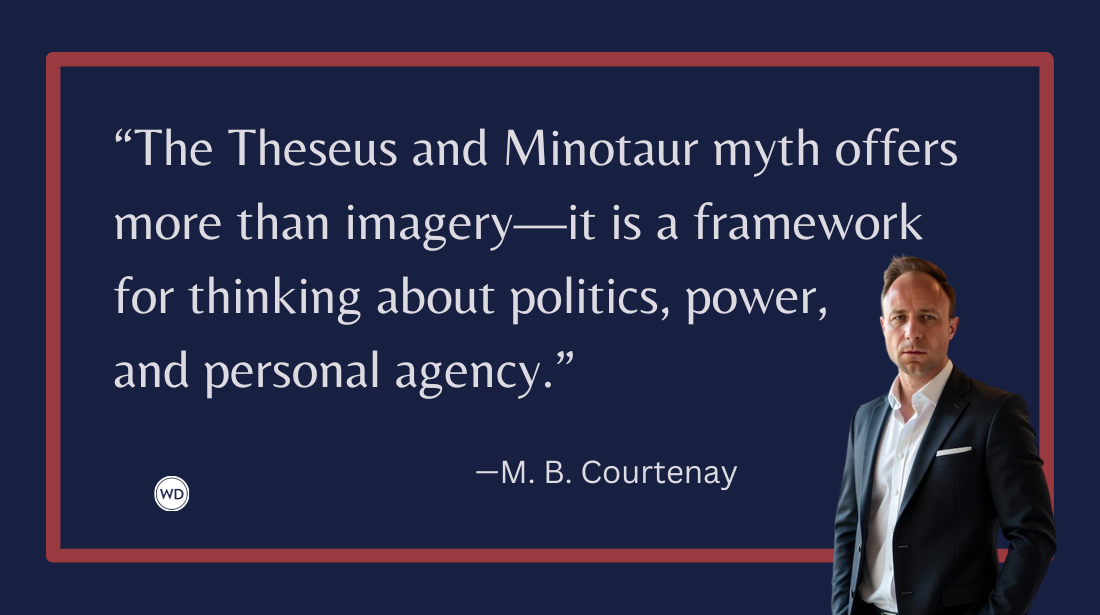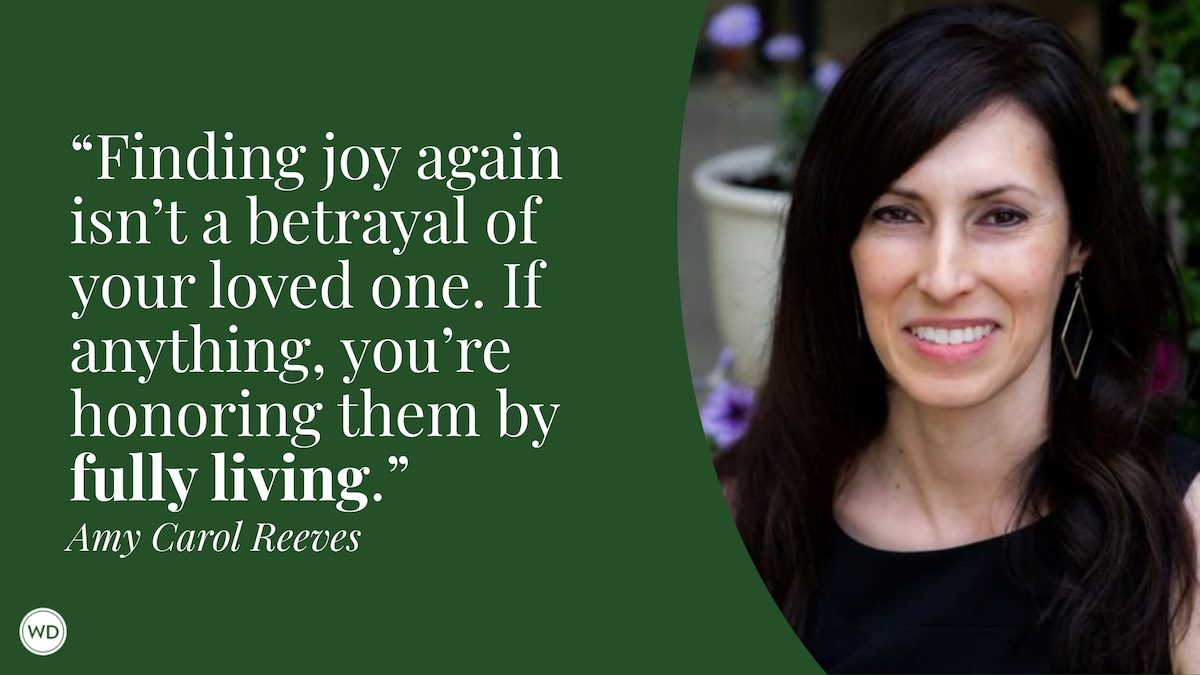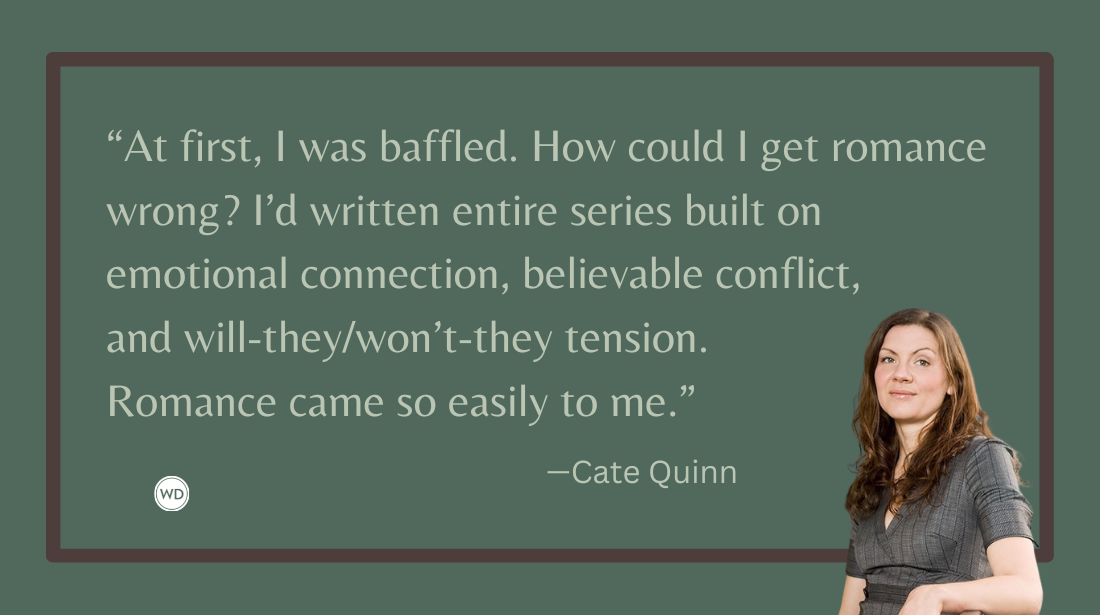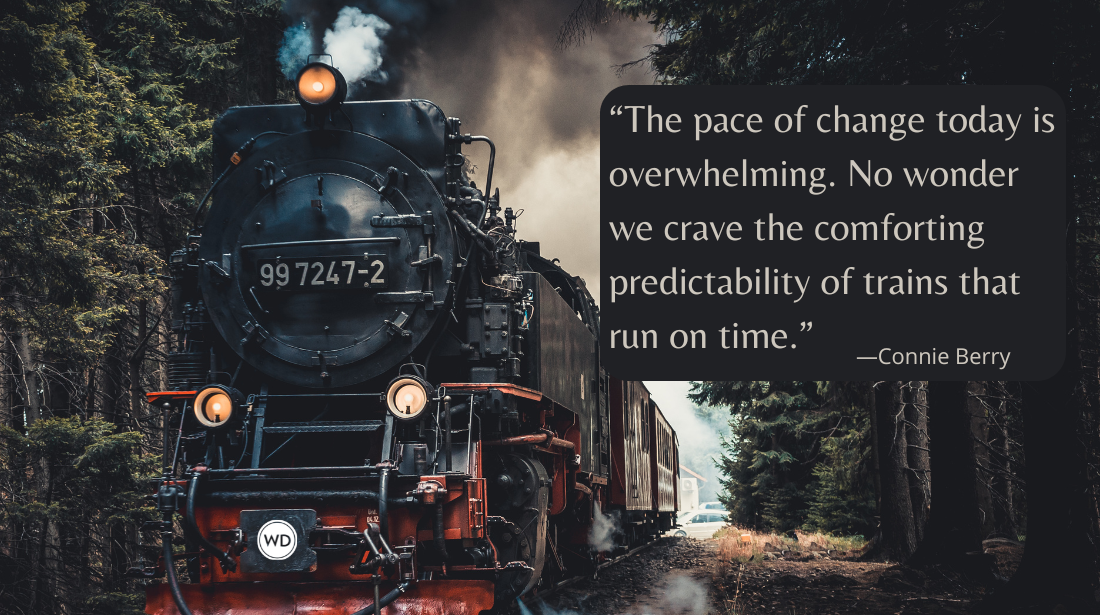20 Podcasting Terms Every Writer Should Know
Seasoned podcast producer and sound designer Jaimi Ryan shares 20 podcasting terms (and their definitions) that every writer should know.
Well maybe not every writer needs to know this entire list, but every writer interested in podcasting probably does. Adapting to a new industry (podcasting) is daunting—especially when that new industry is so full of technical jargon.
For writers who podcast, these terms are helpful to understand as you get going.
Audio and Recording Terms for Writers
- Clipping. Clipping is when the volume exceeds that peak, causing distortion—essentially, your audio is "breaking."
- DAW (Digital Audio Workstation). A DAW is software used to record, edit, and mix audio. Popular DAWs for new podcasters include GarageBand, LogicPro and Reaper. Professional standard DAWs include Adobe Audition (or Premier for video), and ProTools. DAWS are essentially an audio editing studio on a screen.
- Double-Ender. A double-ender is a recording method where each podcast participant records their own audio locally (also called a “native recording”). Later, the separate files are synced in post-production for high-quality results. This method is especially helpful for remote interviews when internet service fluctuations can create problems. The idea is that the final recording quality is not internet dependent, so even if communication gets bumpy, the audio and video files will be glitch-free.
- Dynamic Range. The dynamic range of recording is the difference between the quietest and loudest parts of your audio. Producers use compression to reduce this range—making quiet parts louder and loud parts softer—then raise the overall loudness to meet industry standards. This helps ensure a consistent, professional sound.
- Gain. Gain is the strength of the audio signal, which can be adjusted via the gain knob on your microphone or recording interface. Adjusting the gain increases or decreases your levels.
- Levels. In audio recording, levels refer to the volume.
- MP3 files and WAV files. MP3 and WAV files are the most common audio file formats you’ll work with in podcasting, but they serve different purposes: WAV files are uncompressed and high-quality, ideal for editing and mastering. MP3 files are compressed and smaller, making them the standard for podcast distribution and streaming. Record in WAV, and export the final episode as an MP3.
- Normalized Audio. Normalized audio has been compressed to reduce the dynamic range and has a consistent loudness throughout. This creates a good experience for the listener who won’t need to adjust their volume while enjoying the episode.
- Peaking. Peaking happens when audio is too loud, nearing the maximum (or peak) level a system can handle. Think of peaking as a yellow flag meaning you should turn down your gain.
- Room Tone. Room tone is the ambient sound of a recording space when no one is speaking. Capturing a few seconds of room tone, usually at the start of a recording, helps editors create undetectable edits and remove background noise without making the audio feel unnatural or overly silent.
Creative Element Terms for Writers
- Episode Chapters. Just like a book, podcast episodes can have chapters. If you’re uploading to Youtube this is a simple, supported feature. Not every audio platform supports chapters but some, like Spotify, do. Chapters help with audience engagement and retention by giving listeners the option to skip forward if they are bored or looking for a certain part of the episode. Skipping over expositional banter is one of the most common reasons listeners look for chapters. Even pasting chapter timestamps into your episode show notes can help support listenership.
- Music Bed. A music bed is background music layered under dialogue or transitions. It enhances mood and pacing without overpowering the voice track. Podcasters often use royalty-free music libraries (like Artlist, Epidemic Sound, or Free Music Archive) or music licensed under Creative Commons. When using Creative Commons-licensed music or sound effects, be sure to check the terms. Some require attribution, while others do not and some may restrict commercial use.
- Show Notes. Show notes are the written summaries accompanying each episode. They include episode highlights, guest bios, links, and any resources mentioned. Show notes improve SEO, accessibility, and give listeners more context.
Distribution Terms for Writers
- Analytics. Podcast analytics track listener behavior—downloads, geographic location, devices used, listener retention, and more. Hosting platforms (like Libsyn, Podbean, or Audioboom) provide this data so creators can understand and grow their audience. When choosing a hosting platform (which is usually where your RSS feed lives), one thing to look into is whether you like the analytics the platform provides, as they are a bit different platform to platform.
- ID3 Tags (Metadata). ID3 tags are embedded in your MP3 files and include information like the episode title, podcast name, artwork, and genre. These tags display on media players and help organize your episodes for listeners or collaborators.
- RSS Feed (Really Simple Syndication). An RSS feed is the digital pipeline that delivers your podcast episodes to directories like Apple Podcasts and Spotify. It contains all your show’s metadata—title, description, episode list—and updates automatically when you publish new content (kind of like it’s…really simple syndication). So, when you upload new podcasts episodes, you only upload them to your RSS feed, which broadcasts your content to all platforms.
Advertising Terms for Writers
- Baked-In Ads. These are advertisements recorded directly into your episode and are part of the permanent audio. They don’t change over time and feel more organic, like host-read endorsements.
- Dynamic Insert Ads (DIA). These ads are dropped into episodes after publishing using ad placement technology. They can be targeted based on listener location, behavior, or time of download, and swapped out over time—useful for keeping content fresh or monetizing your back catalog.
- Faked-In Ads. Faked-in ads are a cross between baked-in and direct insert ads. They are host-read, but rather than being permanently included in the episode audio, they are dropped into episodes with DIA technology. This allows host-read ads to change over time, or be dropped into other podcasts with overlapping demographics.
Jaimi Ryan is a seasoned Podcast Producer and Sound Designer with a background in music production. After pivoting from music to podcasting in 2017, she has had a wide range of podcasting experiences including podcast creation, remote recording, audio restoration, post production, content editing and hosting. Her credits include Unlocking Us and Dare to Lead with Brene Brown, Call Her Daddy, Anything Goes with Emma Chamberlain, and other Spotify Original and Exclusives as well as several independent podcasts. When she’s not producing audio, Jaimi enjoys block printing, sculpting and exploring her home city of Atlanta.




